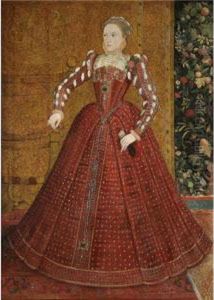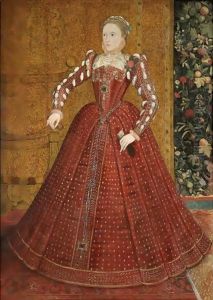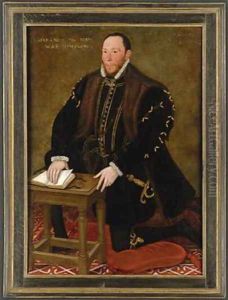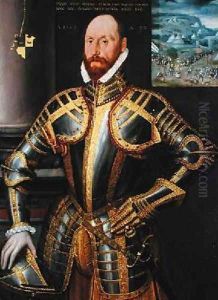Steven van der Meulen Paintings
Steven van der Meulen was a prominent Flemish painter active during the Tudor era in England, particularly known for his contributions to portrait painting. While little is known about his early life, including the exact year of his birth, historical records indicate that van der Meulen was active as an artist from around 1543 until his death in 1563. His arrival in England coincided with a period of significant cultural and artistic exchange between England and the Low Countries, partly due to political alliances and the presence of Flemish artisans and craftsmen in England.
Van der Meulen quickly established himself as a favored artist among the English nobility, including the court of King Henry VIII and later under the reign of Elizabeth I. He is often credited with bringing elements of the Northern Renaissance to England, characterized by detailed realism and a sophisticated use of color and texture. Among his attributed works, the most famous is the 'Barrington Park Portrait' of Queen Elizabeth I, which exemplifies his skill in capturing the opulence and detailed fashion of the Tudor court. However, due to the limited documentation and the practice of not signing paintings during that period, attributions of his works remain a subject of scholarly debate.
The exact circumstances of Steven van der Meulen's death are as obscure as much of his life, with records indicating he died in 1563. Despite the mystery surrounding many aspects of his life and career, van der Meulen's legacy in the realm of portrait painting during the Tudor period remains significant. His works are noted for their contribution to the development of portraiture in England, bridging the stylistic gap between the late medieval tradition and the emerging Renaissance sensibility. Today, his paintings are studied for their technical skill, historical value, and their role in the cultural exchange between England and the European continent during the 16th century.


















